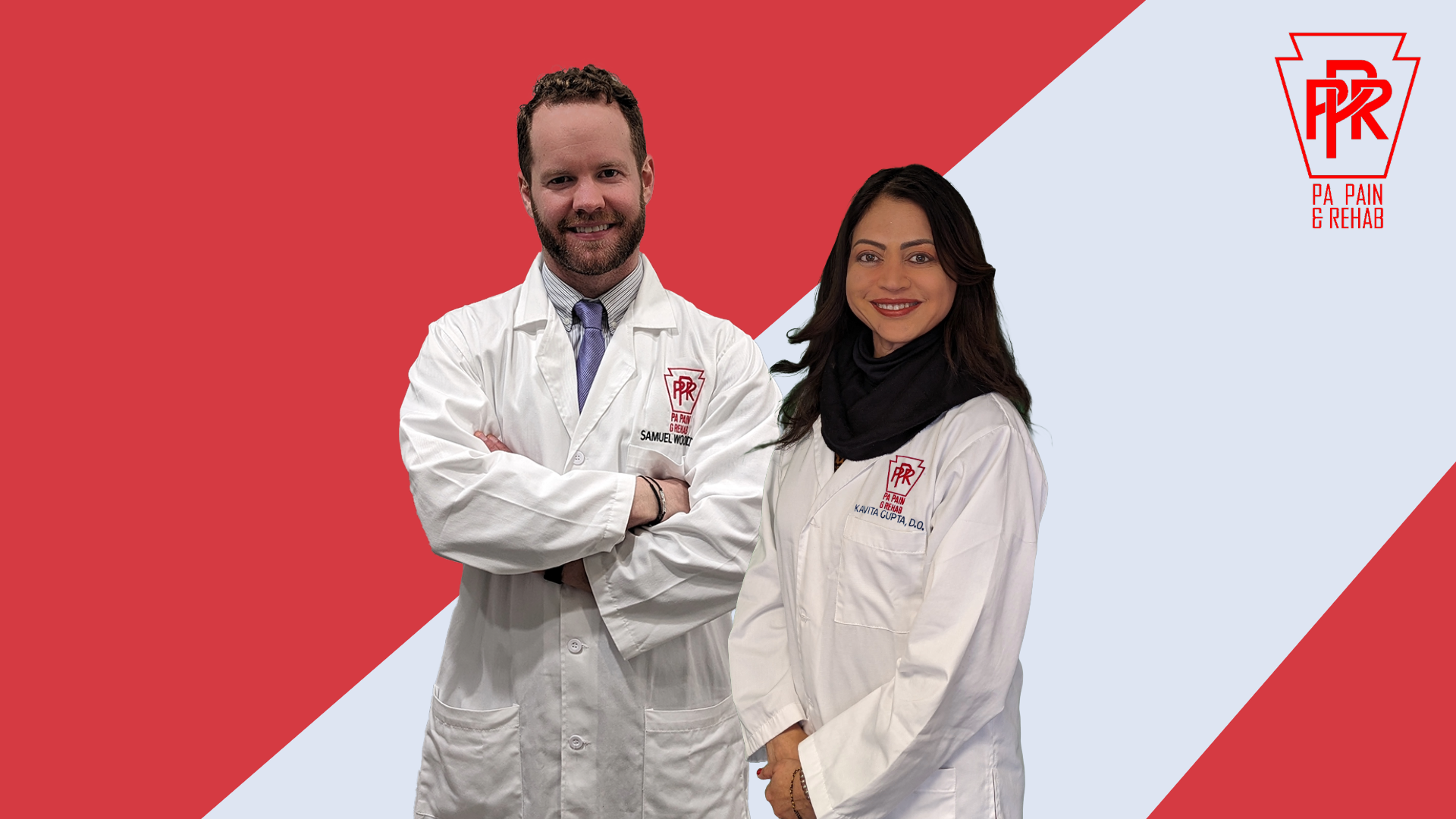
PAPR’s Pain Management Doctors: Samuel Wood, DO; and Kavita Gupta, DOPain is a universal human experience, and while it serves as an essential warning signal for potential harm, chronic pain can become a relentless and overwhelming burden. Whether it’s caused by an injury, medical condition, or other factors, chronic pain can significantly affect one’s quality of life. Fortunately, there is hope. Pain management, a multidisciplinary approach to addressing and mitigating pain, offers effective strategies for individuals to regain control over their lives and find relief. In this article, we will explore the world of pain management, its various techniques, and how it can empower individuals to improve their well-being.
Understanding Pain Management
Pain management is a specialized field of healthcare dedicated to assessing, diagnosing, and treating various forms of pain. Its primary goal is to reduce or eliminate pain while enhancing a patient’s physical, emotional, and psychological well-being. Pain management recognizes that pain is a complex and multifaceted experience, and therefore, it employs a holistic approach to address all aspects of pain, from its physical manifestations to its impact on mental health and overall quality of life.
The Key Goals of Pain Management:
- Pain Relief: The primary objective is to alleviate pain, making it more manageable and less intrusive in an individual’s life.
- Improved Functionality: Pain management aims to restore or enhance an individual’s ability to perform daily activities, work, and engage in recreational pursuits.
- Enhanced Quality of Life: By addressing both the physical and emotional aspects of pain, therapy helps individuals achieve a better overall quality of life, even in the presence of chronic conditions.
- Prevention of Chronic Pain: In cases of acute pain, early intervention can prevent the development of chronic pain conditions, which are often more challenging to treat.
Effective Techniques in Pain Management
Pain management incorporates a wide range of techniques and approaches, each tailored to meet the unique needs of the patient. Some of the most commonly used methods include:
- Medication Management: Pain medications, including analgesics, anti-inflammatories, and muscle relaxants, are prescribed to alleviate pain and reduce inflammation. Careful monitoring ensures proper usage and minimizes the risk of dependency or adverse effects.
- Physical Therapy: Physical therapists employ exercises, stretches, and manual techniques to improve strength, flexibility, and mobility. Modalities such as heat and cold therapy may also be used to manage pain and promote healing.
- Psychological Counseling: Chronic pain often takes a toll on mental health, leading to anxiety, depression, and stress. Psychological counseling, including cognitive-behavioral therapy (CBT), can help individuals cope with pain-related emotional distress.
- Interventional Procedures: These minimally invasive procedures, such as nerve blocks, epidural injections, and radiofrequency ablation, target the source of pain directly and can provide long-lasting relief.
- Complementary and Alternative Therapies: Techniques like acupuncture, chiropractic care, massage therapy, and mindfulness meditation are increasingly integrated into pain management plans to address pain from a holistic perspective.
- Lifestyle Modifications: Pain management often involves making adjustments to one’s lifestyle, including improving sleep hygiene, maintaining a healthy diet, and engaging in regular exercise to manage weight and strengthen muscles.
- Medication-Assisted Therapy (MAT): MAT is used in cases of opioid addiction and involves the use of medications like methadone or buprenorphine, combined with counseling and behavioral therapies, to help individuals overcome opioid dependence and manage pain effectively.
References:
- Turk, D. C., & Okifuji, A. (2017). Psychological factors in chronic pain: Evolution and revolution. Journal of Consulting and Clinical Psychology, 70(3), 678-690.
- Institute of Medicine (US) Committee on Advancing Pain Research, Care, and Education. (2011). Relieving Pain in America: A Blueprint for Transforming Prevention, Care, Education, and Research. National Academies Press.
- Chou, R., Fanciullo, G. J., Fine, P. G., Adler, J. A., Ballantyne, J. C., Davies, P., … & Miaskowski, C. (2009). Clinical guidelines for the use of chronic opioid therapy in chronic noncancer pain. The Journal of Pain, 10(2), 113-130.
Disclaimer
The information provided in this article is for informational purposes only and should not be considered a substitute for professional medical advice, diagnosis, or treatment. Always seek the advice of your physician or other qualified healthcare provider with any questions you may have regarding a medical condition. The author and publisher of this article do not provide medical advice or endorse any specific treatment options. Each individual’s experience with pain and pain management may vary, and it is essential to consult with qualified healthcare professionals for personalized guidance and care.




